当前位置:网站首页>The difference between Client Side Cache and Server Side Cache
The difference between Client Side Cache and Server Side Cache
2022-08-04 19:33:00 【HUAWEI CLOUD】
Caching is a persistence mechanism that optimizes the load time of web pages and the amount of memory they use.
Definition of Cache
Due to space constraints, this article focuses on web caching.When you load a website, website data such as images, videos and html documents are saved.After reloading the website, it doesn't call the database to get that data again.It just reads data from memory.
Caches trade capacity for speed. Caches typically store a subset of data temporarily, while database data is usually complete and persistent.
Client Side Caching
Client-side caching is often referred to as browser caching, although client-side caching is a slightly broader term.Its operation principle is shown in the following figure:

Once the browser requests data from the server, it stores it in a folder created by the browser.The next time you open the webpage, it doesn't call the server to get the data, it pulls the data from the browser cache folder.
Server Side Caching
Server-side caching is a similar concept, but slightly more complex.

Once a user makes a request to the website, their data is stored on the server.The next time the user makes a request, it just fetches the saved data from the server instead of fetching the data from the database, saving time.
These caches are implemented by site administrators and act as an intermediary between the browser and the origin server.They are also usually based on HTTP cache directives.
Remote Caching
Remote caching is similar to server-side caching, but it can also run applications to serialize and deserialize data.The difference is that you control the remote server, not someone else.

Web content is typically retrieved through application code or using an application framework that can take advantage of in-memory data storage.
Server-Side vs Remote vs Client Side
The main difference is that the website's data is stored locally in the client-side cache, while in the server-side cache it can be distributed to all users, and in the remote, the data is also processed.
Most well-designed websites or applications will use both server-side and client-side.
Why caching?
Caching web content helps improve website responsiveness by reducing load on backend resources and network congestion.- AWS
Downside
If the website you are trying to visit has been updated, you may not see the update until you clear your cache.This can happen before you, especially if you are a web developer and you are trying to update the design of your website.The solution is simple if the cache is stored on your client side.
This applies to client-side caching, and may return errors on server-side caching if server-side caching does not handle this situation correctly.
If you use a remote cache, it can handle that error and clear the cache for you and load a new request for you.
In short, client side cache:
Your web browser (Chrome, Firefox, Safari, or whichever browser you use) decides to remember how the web page looks so it doesn't have to request the server again to send the web page.This saves time (and bandwidth) by eliminating almost the entire network communication.However, if the server decides to change the look of the page, you're in trouble because the browser's "memory" of what it thinks the page should look like is now out of date, and it'll give you an old version of the page instead of the new one.That's why people sometimes tell you to "clear your browser's cache" - which forces your browser to "forget" what the page looks like.This forces it to ask the server for a new, updated version of the page.
server side cache:
The server responsible for generating the web page (ie, putting the web page together) decides to remember what the web page looks like so it doesn't have to generate it again.This saves time (but not bandwidth) because now the server doesn't have to go through the trouble of building the entire page - it can resend whatever was sent the last time the browser requested it.However, if any data on the web page needs to be changed, the server will be forced to discard its "memory" of the page's appearance, and the page needs to be regenerated.This kind of caching is useful if the page is really complex and takes a lot of time to generate.
边栏推荐
猜你喜欢
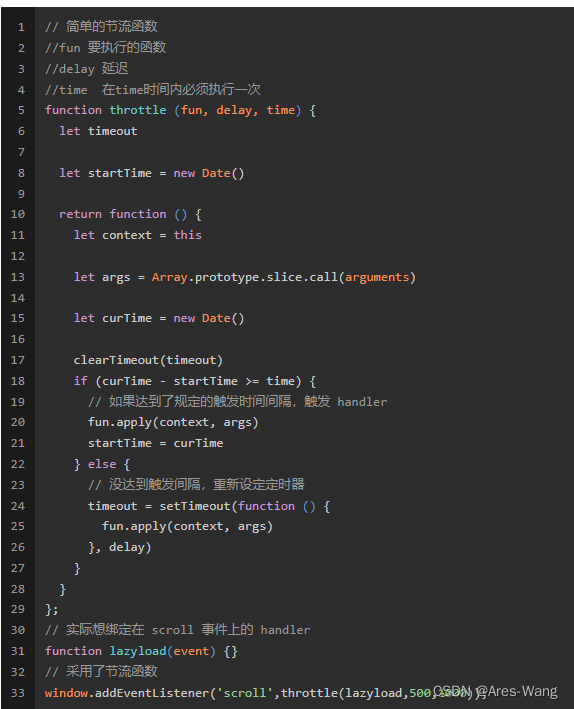
图片延迟加载、预加载

Jmeter - Heap配置原因报错Invalid initial heap size: -Xms1024m -Xmx2048mError
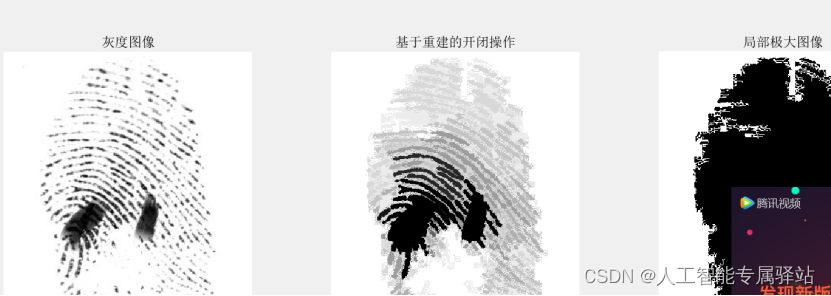
污损指纹恢复与识别
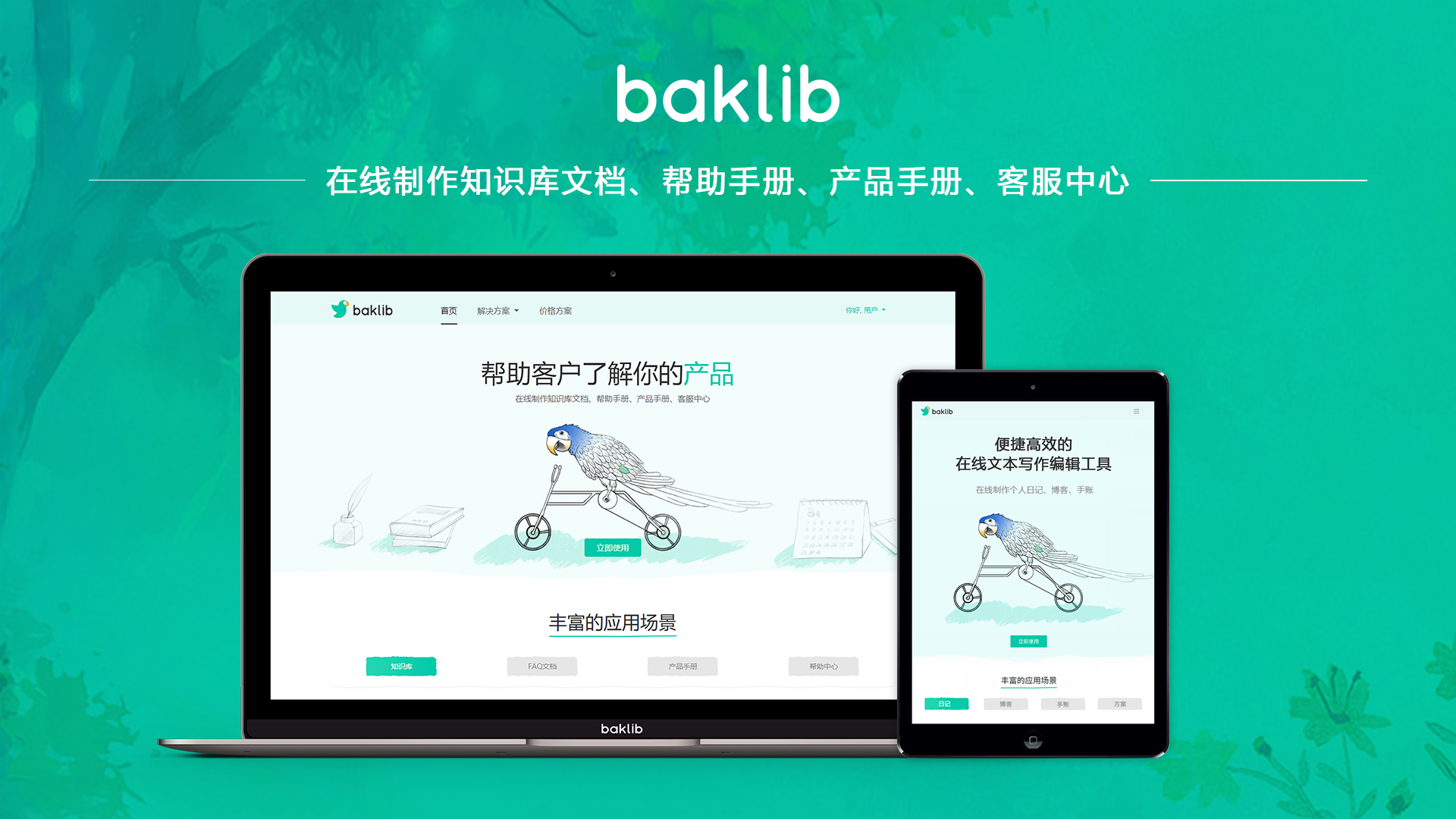
什么是内部客户服务?

Yuanguo chain game system development
七夕福利!中奖名单:书籍免费送!

Orthodontic MIA micro-implant anchorage technology China 10th anniversary exchange meeting was held in Shenyang
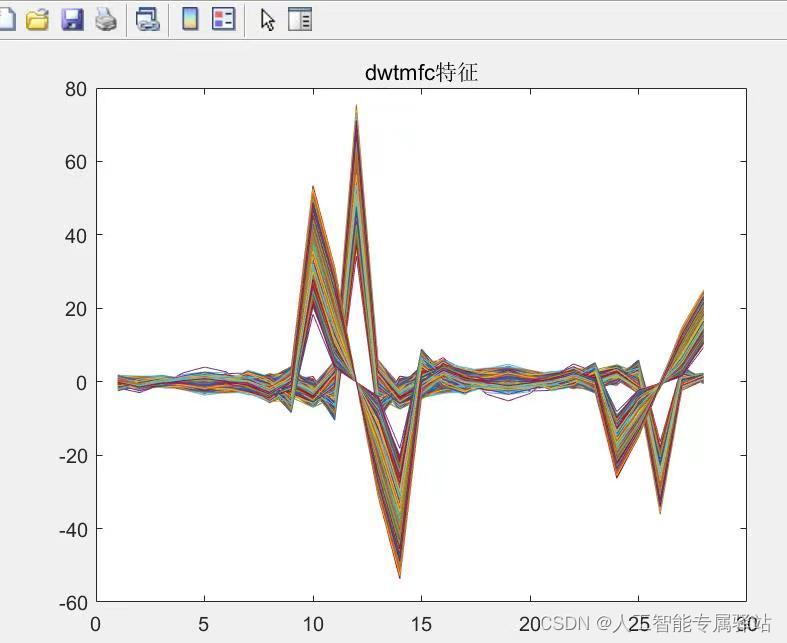
VQ Realization of Wavelet Extraction Features
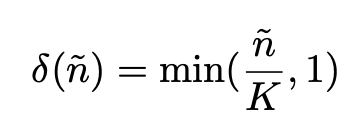
高效目标检测:动态候选较大程度提升检测精度(附论文下载)
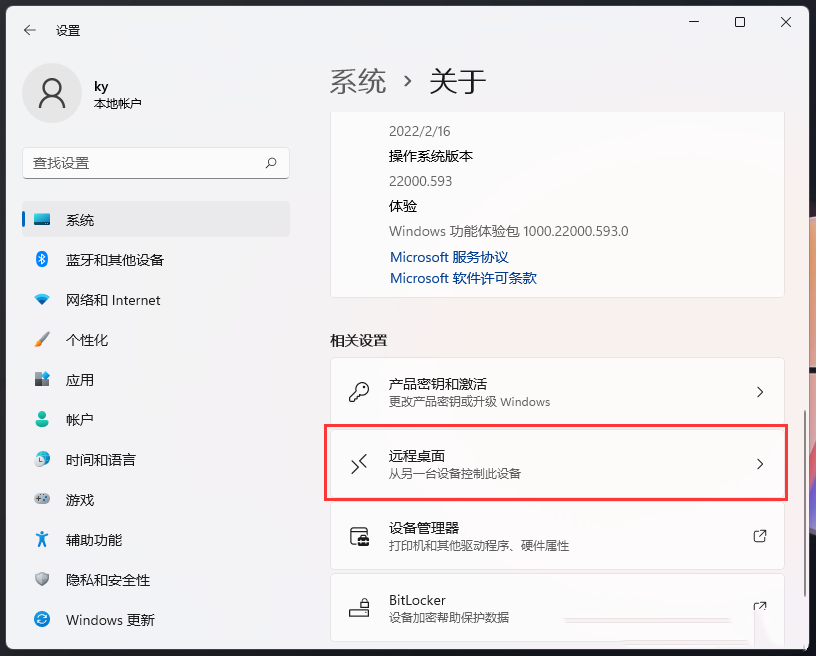
电脑一键重装系统后连不上远程了?教你设置的方法
随机推荐
JS 问号?妙用
T+Cloud: A "Smart Company" for Building New Business Social Networks and Marketing Relationships
PostgreSQL的 SPI_接口函数
对比几类主流的跨端技术方案
污损指纹恢复与识别
Query the published version records of the APP Store
The Development and Current Situation of Object Detection
致-.-- -..- -
数据库治理的探索与实践
重构指标之如何监控代码圈复杂度
MySQL远程备份策略举例
华为WLAN技术:AP上线及相关模板的配置实验
QCustomPlot 坐标轴间隔显示刻度标签
Openharmony code framework (2) the person that
TikTok如何为独立站引流?
一些性能测试的要点
Zip4j使用
MMDetection usage example: from entry to exit
The list of Kubernetes - watch mechanism
电脑一键重装系统内存完整性无法打开怎么办